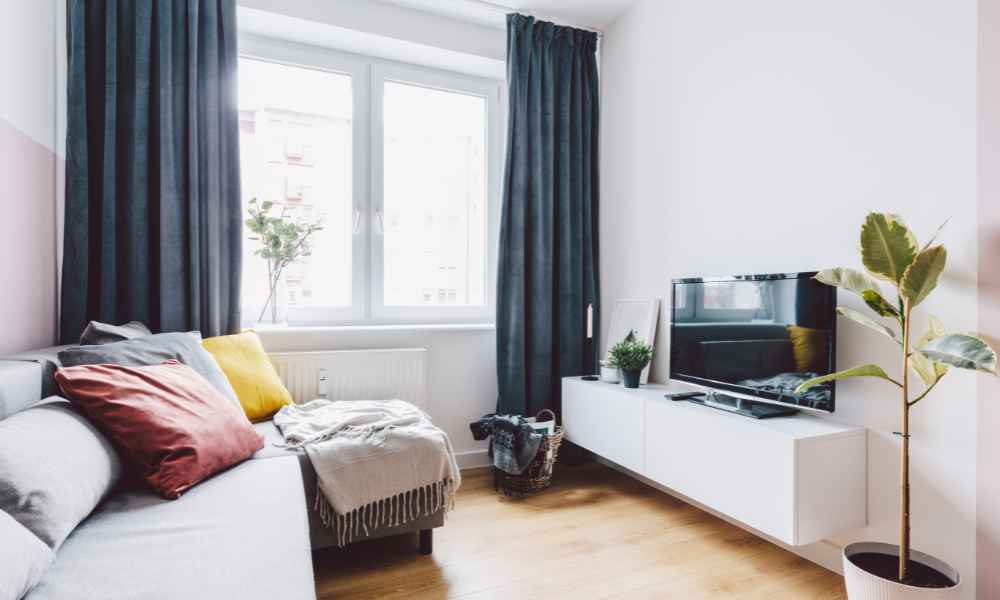In the realm of home decor, the living room stands as a focal point, a gathering place that reflects one’s personal style and comfort. Integral to this space’s ambiance and functionality are the window treatments, which serve not only as decorative elements but also as tools for privacy and light control. From curtains to shutters, the variety of living room window treatments offers endless possibilities to enhance both the aesthetic and practical aspects of your space.
Types of Living Room Window Treatments
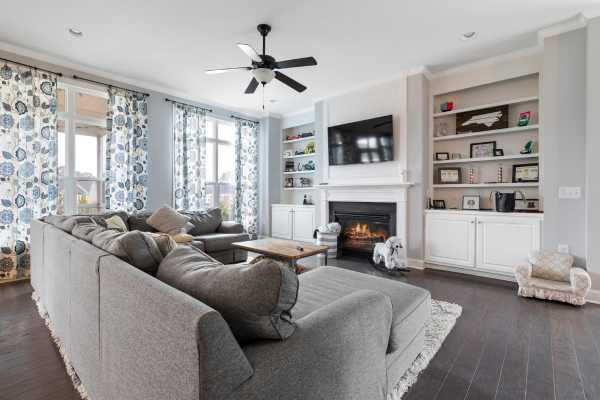
The choice of window treatments in a living room can dramatically alter the room’s look and feel, making it crucial to select the right type based on your decor style, functionality needs, and the type of window you have.
- Curtains are perhaps the most versatile option, available in a myriad of fabrics, patterns, and lengths. They can add warmth and softness to a room, with the ability to range from sheer to blackout depending on the desired amount of light filtration.
- Blinds offer a more streamlined look and are excellent for achieving a balance between privacy and natural light. Made from materials like wood, faux wood, or metal, blinds can be easily adjusted to control the amount of light entering the room.
- Shades come in various styles, including roller, Roman, and cellular, each providing a unique aesthetic and functionality. Shades can offer a clean look and are effective at managing light and privacy.
- Shutters add a classic, architectural element to the living room, offering excellent privacy and light control. Available in materials like wood and composite, shutters can be custom-fitted to your windows for a seamless look.
Factors to Consider When Choosing Window Treatments
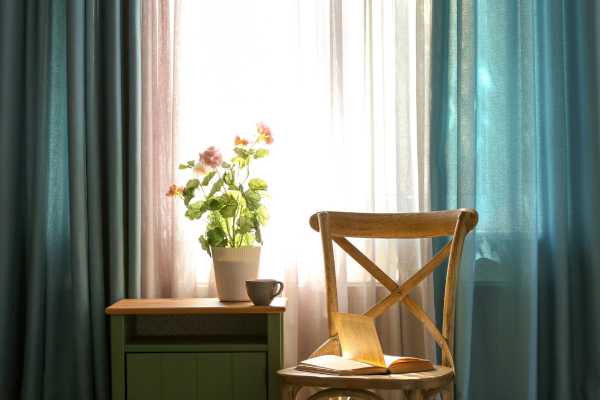
Selecting window treatments for your living room, several factors come into play to ensure you achieve both the look and functionality you desire.
- Style and Aesthetics: Your treatments should complement the overall design of your living room, whether you’re aiming for a modern, minimalist look or a more traditional, cozy ambiance.
- Functionality and Practicality: Consider how you use your room throughout the day. Do you need window treatments that provide privacy, or are you looking for options that allow for maximum natural light? Your lifestyle will significantly influence your choice.
- Light Control and Privacy: Depending on the direction your windows face, you may need to prioritize treatments that offer more significant light control or privacy. For instance, rooms facing busy streets may benefit from options that offer more coverage.
- Budget Considerations: Window treatment can vary widely in price, so it’s important to set a budget before you start shopping. Keep in mind that custom options will generally be more expensive than off-the-shelf solutions, but they can offer a perfect fit and look for your space.
Popular Styles and Trends in Living Room Window Treatments
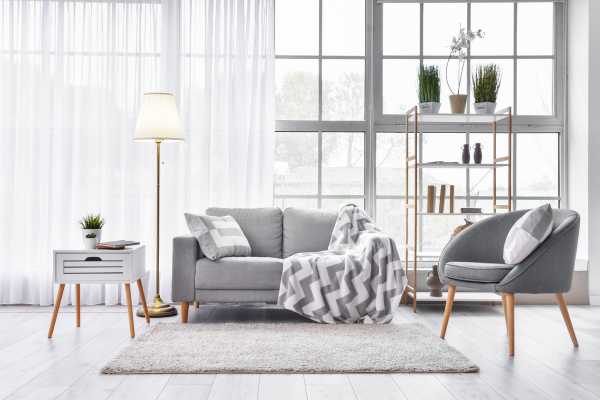
Today’s room window treatments reflect a blend of functionality, style, and a nod to environmental consciousness, highlighting the shift towards more personalized and sustainable living spaces.
- Minimalist and Modern Designs: The trend towards minimalist design continues to grow, with many opting for clean lines and simple, uncluttered looks. Sleek roller shades, streamlined blinds, and understated curtains in neutral tones embody this trend, offering functionality without sacrificing style.
- Natural and Eco-Friendly Materials: There’s a growing preference for materials that are not only aesthetically pleasing but also environmentally friendly. Bamboo shades, linen curtains, and wooden shutters are popular choices, providing a warm, organic feel to the living room while promoting sustainability.
- Layering Treatments for Versatility: Combining different window treatment, such as sheer curtains with blackout drapes or blinds with valances, allows for greater control over light and privacy. This approach also adds depth and interest to the living room decor, offering a practical solution for varying light and privacy needs throughout the day.
- Bold Patterns and Colors: For those looking to make a statement, bold patterns and vibrant colors are on the rise. Geometric patterns, striking floral designs, and rich, bold hues can serve as focal points in the room, injecting personality and energy into the space.
DIY vs. Professional Installation
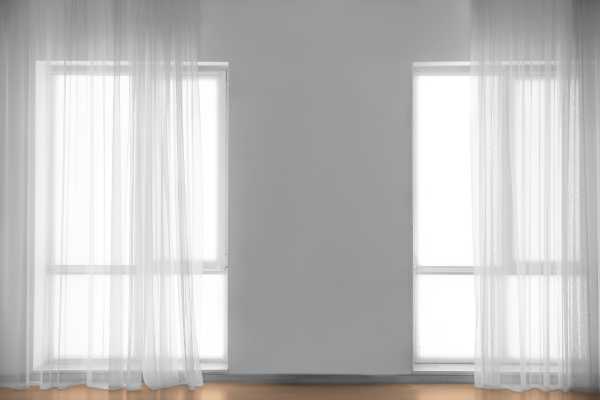
Installing living room window treatments, homeowners are faced with the choice of taking a DIY approach or hiring professionals. Each option comes with its own set of advantages and considerations.
- Pros and Cons of DIY Installation: DIY installation can be a cost-effective choice for those with the necessary skills and confidence. It offers a sense of personal achievement and the flexibility to work at one’s own pace. However, the potential for measurement and installation errors can lead to unexpected costs and frustrations, especially with complex window shapes or specialized treatments.
- Benefits of Hiring Professionals: While more expensive upfront, professional installation comes with the assurance of accuracy and quality. Experts can provide valuable advice on the best materials and styles for your space, ensure precise measurements, and handle complex installations. This option can save time and prevent costly mistakes, making it a worthwhile investment for those seeking peace of mind and a polished look.
Maintenance and Care Tips
Proper maintenance and care are essential for preserving the beauty and functionality of room window treatment. Regular dusting and vacuuming can prevent dust accumulation, especially on blinds and shades. For curtains, following the fabric care instructions for washing or dry cleaning ensures they remain fresh and vibrant. Periodic checks for wear and tear, especially on mechanisms of blinds and shades, can help extend their lifespan, ensuring that they continue to operate smoothly.
How Window Treatments Impact the Ambiance of a Living Room
The choice of window treatments significantly influences the ambiance of a living room. They can dictate the room’s mood, from serene and relaxed to vibrant and dynamic, by controlling the light and enhancing the decor. Light-filtering options can create a soft, diffused light that adds a warm glow, while blackout curtains can transform the living room into a cozy retreat. The textures, colors, and patterns of treatments also add depth and character, complementing the room’s theme and style.
Customization Options and Benefits
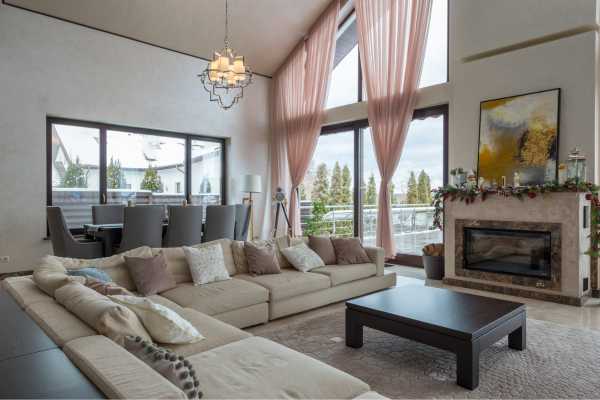
Customization offers endless possibilities to match every unique vision for a living room. Custom treatments are tailored to fit exact window dimensions, eliminating gaps that compromise privacy and light control. They also present an opportunity to select from a broader range of materials, colors, and designs, ensuring a perfect harmony with the room’s decor. Though often more costly, the benefits of customization lie in achieving an unparalleled aesthetic and functional fit.
Energy Efficiency and Insulation
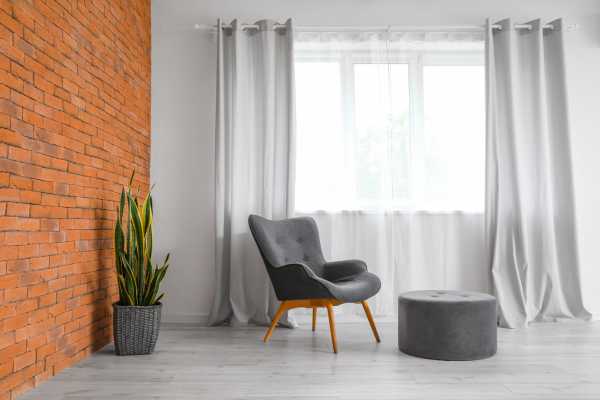
Energy-efficient window treatments are a smart investment, contributing to a more comfortable and cost-effective home environment. Options like thermal curtains, cellular shades, and shutters provide excellent insulation, reducing heat loss in winter and heat gain in summer. This not only enhances the living room’s comfort but also lowers energy bills by reducing the need for heating and cooling, marking a step towards a more sustainable lifestyle.
Incorporating Smart Technology
The integration of smart technology into treatments offers a leap in convenience and efficiency. Motorized blinds or shades can be adjusted remotely via a smartphone app or voice-controlled through smart home systems. This technology allows for setting schedules to open and close treatments at specific times, optimizing natural light use and enhancing security. Smart treatments align with modern living demands, offering both functionality and a futuristic edge to living room design.
Tips for Maximizing Space and Light in Small Living Rooms
Dealing with small rooms, the goal is to make the space appear larger and more open while maximizing natural light. Here are a few tips to achieve this:
- Choose Light and Sheer Materials: Lightweight and sheer fabrics for curtains allow natural light to permeate the room, enhancing the sense of space. They provide a soft diffusion of light without overwhelming the room.
- Opt for Lighter Colors: Lighter colors reflect light better than dark colors, helping to brighten the room and make it appear more spacious. Opting for window treatment in soft tones or pastels can contribute to a light, airy feel.
- Hang Curtains High and Wide: To create the illusion of a larger room and taller windows, hang curtains higher than the window frame and extend the curtain rod beyond the width of the window. This trick draws the eye upward and makes the windows seem larger.
- Use Sleek Window Treatment Options: Streamlined window treatment such as roller shades or slimline blinds take up less visual space and can be fully retracted to allow maximum light into the room.
Addressing Common Concerns
A common concern regarding window treatment in small living rooms is the potential for them to make the space feel cluttered or cramped. To mitigate this, consider the scale of the window treatment and avoid overly bulky or heavy materials that can overwhelm the space. Simplifying the window treatment and ensuring they complement the overall decor can maintain a cohesive and spacious feel.
Are Window Treatments Necessary In A Living Room?
Window treatments are indeed necessary in a living room for several reasons. They provide privacy, especially important in urban settings or ground-floor apartments. Additionally, they help control the amount of natural light that enters the space, protecting furniture and floors from sun damage and creating the desired ambiance through light filtration.
How Do I Choose The Right Size And Style For My Windows?
Choosing the right size and style for your windows involves considering the room’s overall design aesthetic, the functionality of the treatments, and the dimensions of the windows. Measure the windows accurately to ensure a perfect fit, whether for curtains, blinds, or shades. The style should align with the room’s decor—modern spaces may benefit from minimalist shades or blinds, while traditional rooms might call for curtains with more texture and patterns. Functionality is key; consider if you need light filtering, room darkening, or thermal insulation properties from your treatments.
Can I Mix And Match Different Types Of Window Treatments?
Absolutely, mixing and matching different types of treatments can add depth and interest to your living room. This strategy allows for a customizable approach to light control, privacy, and aesthetic preferences. For instance, pairing sheer curtains with blackout blinds can offer flexibility in light management while adding a layered, textured look to the space. The key to successfully mixing and matching is to maintain a cohesive color scheme and style throughout the room, ensuring that the different treatments complement rather than clash with each other.
What Are Some Budget-Friendly Options For Window Treatments?
Budget-friendly options for treatments abound, ensuring that style and functionality are accessible at any price point. Consider the following:
- DIY Curtains: Using affordable fabrics to create your own curtains can significantly cut costs. Look for clearance fabrics or repurpose sheets or other materials for a unique look.
- Ready-Made Options: Many home goods stores offer a wide selection of ready-made window treatments that can be more cost-effective than custom-made solutions.
- Use What You Have: Sometimes, simply updating your current treatments with a new trim or adding a fresh coat of paint to wooden blinds can breathe new life into your space without the need for a complete overhaul.
- Natural Solutions: For a rustic or bohemian look, consider using natural materials like bamboo shades, which are often less expensive than other types of window treatments.
How Often Should I Replace Or Update My Window Treatments?
The need to replace or update window treatments depends on several factors, including wear and tear, changing design trends, and personal preferences. As a general rule, consider updating your treatments every 5 to 7 years. This time frame allows for refreshing the look of your space as trends evolve while replacing any treatments that have become faded, outdated, or no longer function as intended. However, high-quality treatments can last much longer, so replacement may be more a matter of desire than necessity.
Conclusion
Window treatments are a key element in the design and functionality of a living room, offering opportunities for personal expression, light control, and privacy. Mixing and matching different types, exploring budget-friendly options, and understanding the appropriate timing for updates can all contribute to a space that feels both stylish and comfortable. Ultimately, the right treatments can transform a living room, making it a welcoming and functional space that reflects your personal style and meets your living needs.
